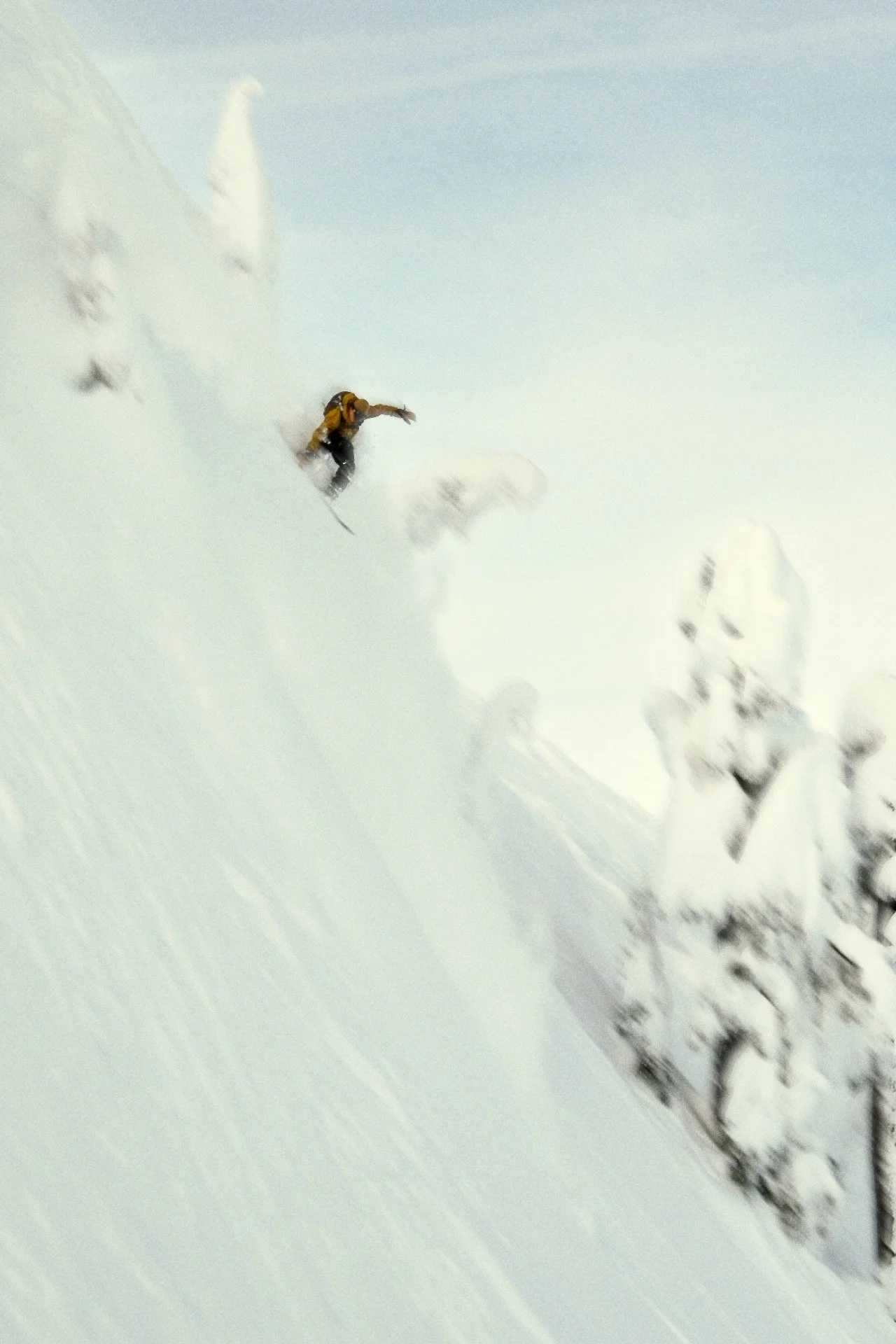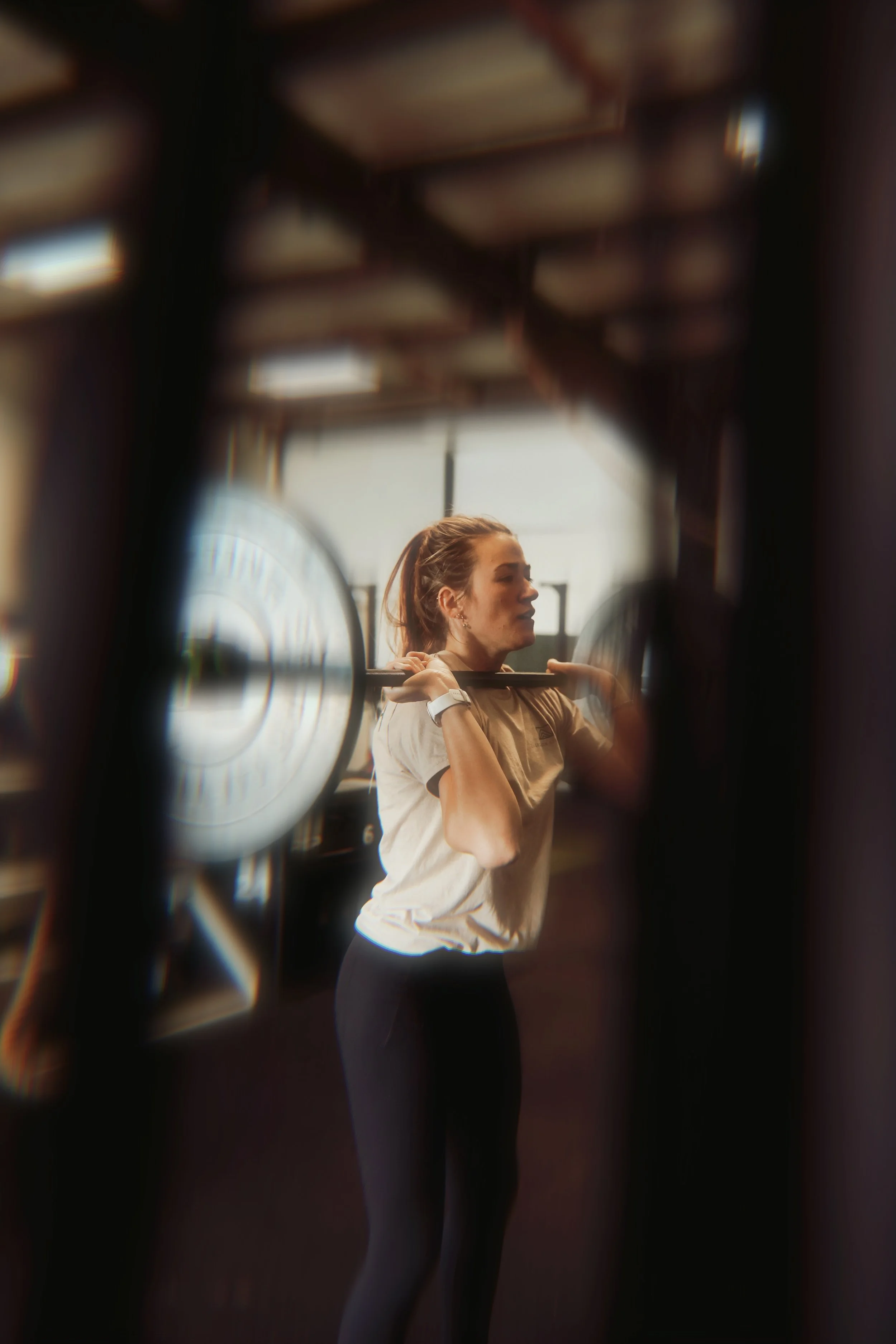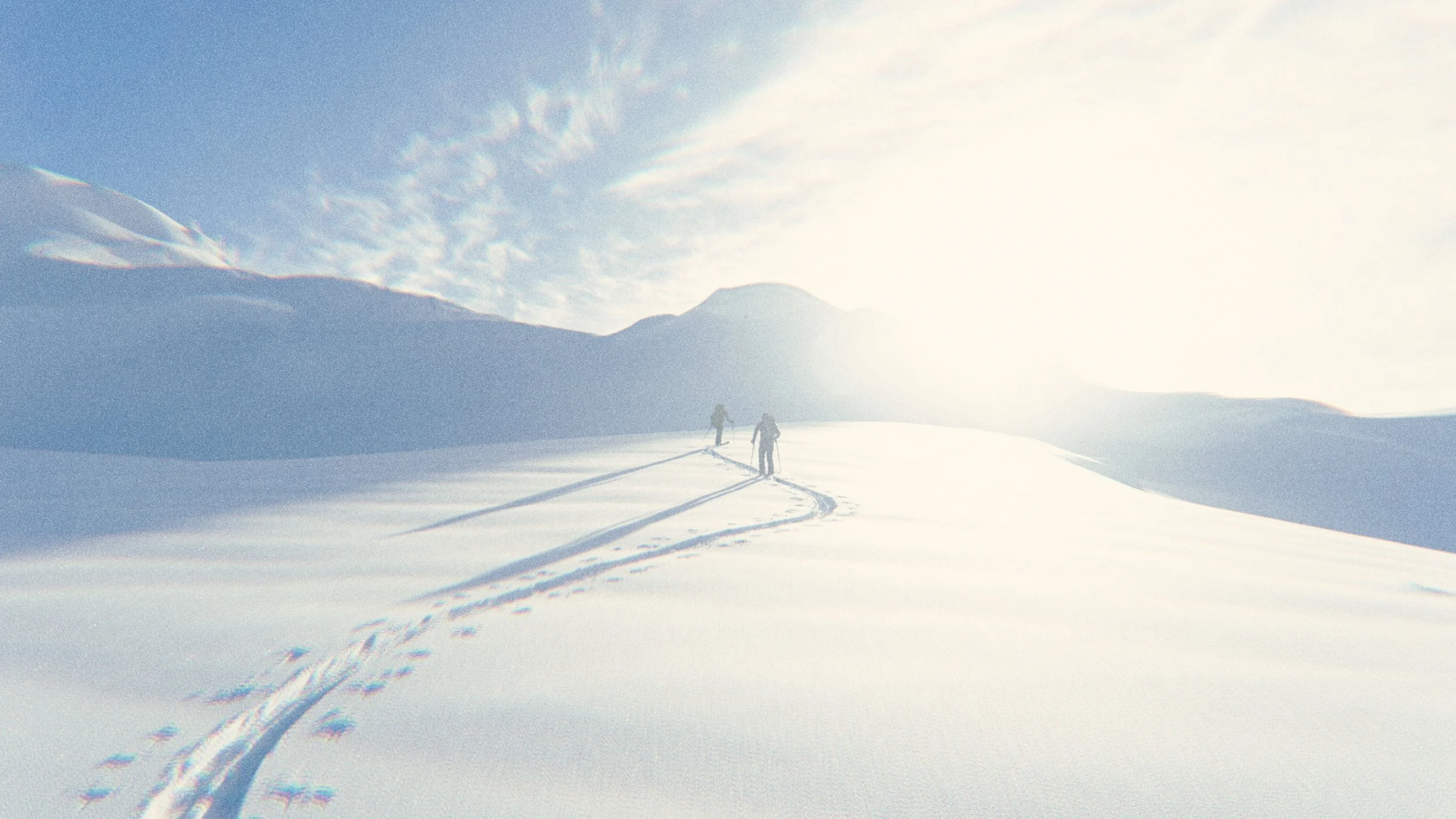Week 03
Welcome to week 3 of our Winter Training Program. This week we will be decreasing the repetitions in our strength portion, but adding eccentric movement.
We're looking at slowing things down to work on eccentric strength and increase time under tension. We are continuing to work on landing and absorbing force this week.
If you have any questions please leave us a message and we will get back to you as soon as possible.
Keep the Momentum Going!
Download our App (7 Day FREE Trial) to unlock the rest of our structured skiing & snowboarding training plan — Designed to build the strength, endurance, and resilience you need for the mountains.
SIGN ME UP!
Day 01
Strength (Time Under Tension)
We are working on eccentric loading all week. Your main lifts will all have a 3 second tempo on the way down.
Barbell bench press - 4 sets - 4 reps 4/:03 tempo on the way down
Double kettlebell gorilla row - 4 sets - 8 reps
Conditioning Intervals
Circuit of four movements with 30 seconds of work and 15 seconds of rest. Repeat the circuit six times.
Ring rows - 30 seconds
Dumbbell seated strict press - 30 secconds
Echo bike - 30 seconds
Crossbody mountain climbers - 30 seconds
Day 02
Strength
We are working on eccentric loading all week. Your main lifts will all have a 3 second tempo on the way down.
Barbell front squats - 4 sets - 4 reps w/:03 on the way down
Single arm dumbbell, tall kneeling press - 4 sets -8 reps
Auxiliary Work
Complete each movement from left to rigth to complete a full round for 3 total rounds.
Kettlebell spilt jump - 3 sets - 8 reps
Push ups - 3 sets - 5 reps
Squat + Curl - 3 sets - 12 reps
Dumbbell glute bridge floor press -
3 sets - 10 reps
Day 03
Strength
We are working on eccentric loading all week. Your main lifts will all have a 3 second tempo on the way down.
Barbell deadlift - 4 sets - 4 reps w/:03 tempo on the way down.
Dumbbell farmer carry front lunge -
4 sets - 8 reps
Conditioning EMOM (Every Minute On the Minute)
6 rounds, switch workouts every minute on the minute.
Kettlebell sumo deadlift - 20 reps
V ups - 16 reps
Burpees - 12 reps
Day 04
Strength
We are working on eccentric loading all week. Your main lifts will all have a 3 second tempo on the way down.
Kettlebell power snatch - 4 sets - 4 reps
Auxiliary Work
Complete each movement from left to right to complete a round for 3 total rounds.
Kettlebell box steps - 3 sets - 5 reps/leg
Single arm Russian kettlebell swing -
4 sets - 8 reps each arm
Split jump - 3 sets - 4 reps/leg
Billy bob - 4 sets - 8 reps each side
Superhero raises - 3 sets - 15 to 20 reps
Russian twist - 3 sets - 8 to 10 reps
Day 05
Strength
We are working on eccentric loading all week. Your main lifts will all have a 3 second tempo on the way down.
Contralateral single arm/leg kettlebell Romanian deadlift + press - 4 sets - 5 reps
Conditioning AMRAP ( As Many Rounds As Possible)
Complete as many rounds and reps as possible (AMRAP) in 20 minutes. Complete movements from left to right to complete a full round.
Lateral line hops - 25 reps
Pull ups - 5 reps
Double kettlebell sumo deadlift -
4 sets - 8 reps
Russian kettlebell swing - 20 reps
Butterfly sit up - 15 reps
Plate ground to overhead - 10 reps
Ready to Keep Going? Sign up for the Evergreen GO app!

SKI & SNOWBOARD TRAINING PLAN
Get Slope-Ready with Evergreen GO.
Download our App to unlock structured skiing & snowboarding programming — designed to build the strength, endurance, and resilience you need for the mountains.
- Step-by-step training schedule tailored for skiers & snowboarders
- Guided strength & conditioning workouts
- Community resources and access to our coaches
How to reduce risk of injury for skiing & snowboarding
Skiing and snowboarding place stress on knees, hips, and back. Smart preseason training helps by:
- Build leg and glute strength with squats, lunges, and step-ups to protect your knees on steep descents - Train your core and lower back with planks, carries, and anti-rotation movements for stability under a heavy pack - Add ankle and hip stability drills to improve balance on uneven terrain - Progress your training gradually
The key to building resilience to injuries is combining strength work, mobility drills, and progressive loading. Here’s how:
Preparing your body in advance ensures your hiking training plan builds strength without breaking you down, so you arrive at the trail feeling confident, not injured.
FAQ’s
-
To get in shape for ski season, focus on a preseason ski training plan that focuses on strength and conditioning. Lower extremity exercises like squats and lunges build strength, while aerobic and anaerobic conditioning prepares you for long days on the slopes. Add some dynamic core and stability exercises to reduce risk of injury.
-
Most winter athletes do best with 8–12 weeks of consistent training to feel fully prepared, but even 4–6 weeks can make a difference. The more time you give yourself, the more you can build strength, improve muscular endurance, and reduce the risk of injuries when the season starts.
-
If you only have a month, focus on high-impact preseason ski exercises: Bodyweight calisthenics like squats, lunges and progressive plyometrics. in addition to core work and interval sessions. Training 4–5 days per week can noticeably boost fitness in just 30 days. Be mindful of progression and ramping up intensity as you go.
-
An 8-12 week ski training plan should balance strength, power and aerobic capacity. Focus on lower extremity strength with functional movement patterns that target quads, hamstrings and glutes. Don’t leave out upper body strength and core to tie it all together. A mix of longer aerobic and more intense anaerobic conditioning should round it out. Aim for 3-5 days of training per week.
-
Start your ski preseason training 8–12 weeks before your first day on the mountain. This gives your body time to progressively adapt and build strength in a safe manner.
-
The best ski exercises focus on leg strength with lower push and hinge movement patterns as well as explosive strength exercises including plyometrics to increase power. Additionally, advanced core strength will help you charge harder and manage dynamic terrain.
-
Improve knee resilience injuries by strengthening glutes, hamstrings, and quads, while also improving hip and ankle mobility. A balanced ski workout plan lowers the risk of ACL tears and keeps your knees stable on the slopes.
-
Yes. Skiing and snowboarding require explosive power, balance, and rotational strength that not all general workouts cover. Ski-specific strength training ensures your muscles and joints are ready for the unique demands of the mountain.
-
Get stronger. Strength and power lead to stability and balance. Keep it simple and focus on compound lifts as well as unilateral exercises. Throw in high intensity conditioning to practice moving while under duress with a high heart rate.



